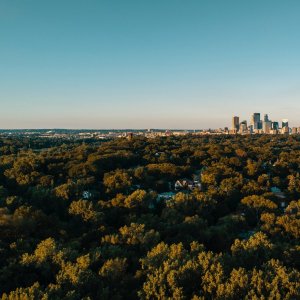
Working with nature to strengthen urban resilience can be cost-effective for addressing climate adaptation and mitigation while bringing out broader benefits for biodiversity, communities, and the local economy. Nature-based solutions like urban park development and river restoration are found to lead to an estimated 67% increase in species richness. Achieving both resilience and biodiversity outcomes requires an integrated approach covering protection (local habitats that are still in good ecological conditions), restoration (of degraded ecosystems), or the creation of new interventions if needed. These nature-based solutions need to be purposefully planned, designed, monitored, and maintained.
This blog highlights some practical steps for maximizing the biodiversity outcomes of nature-based solutions such as:
1. Understanding the problem
2. Building upon local biodiversity
3. Designing for scale
4. Establishing a baseline and tracking biodiversity gains
5. Maintaining and managing
Read the full blog here
